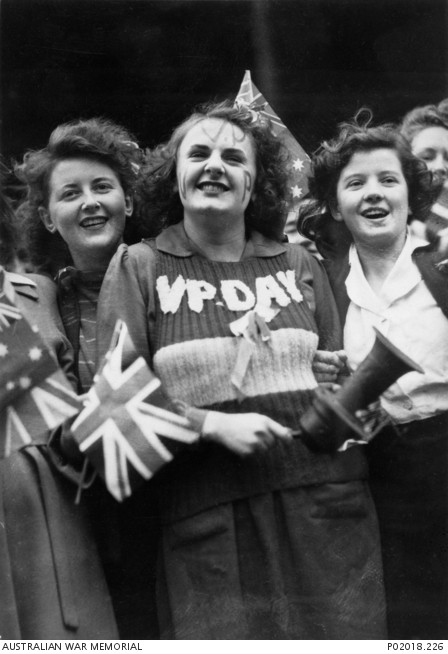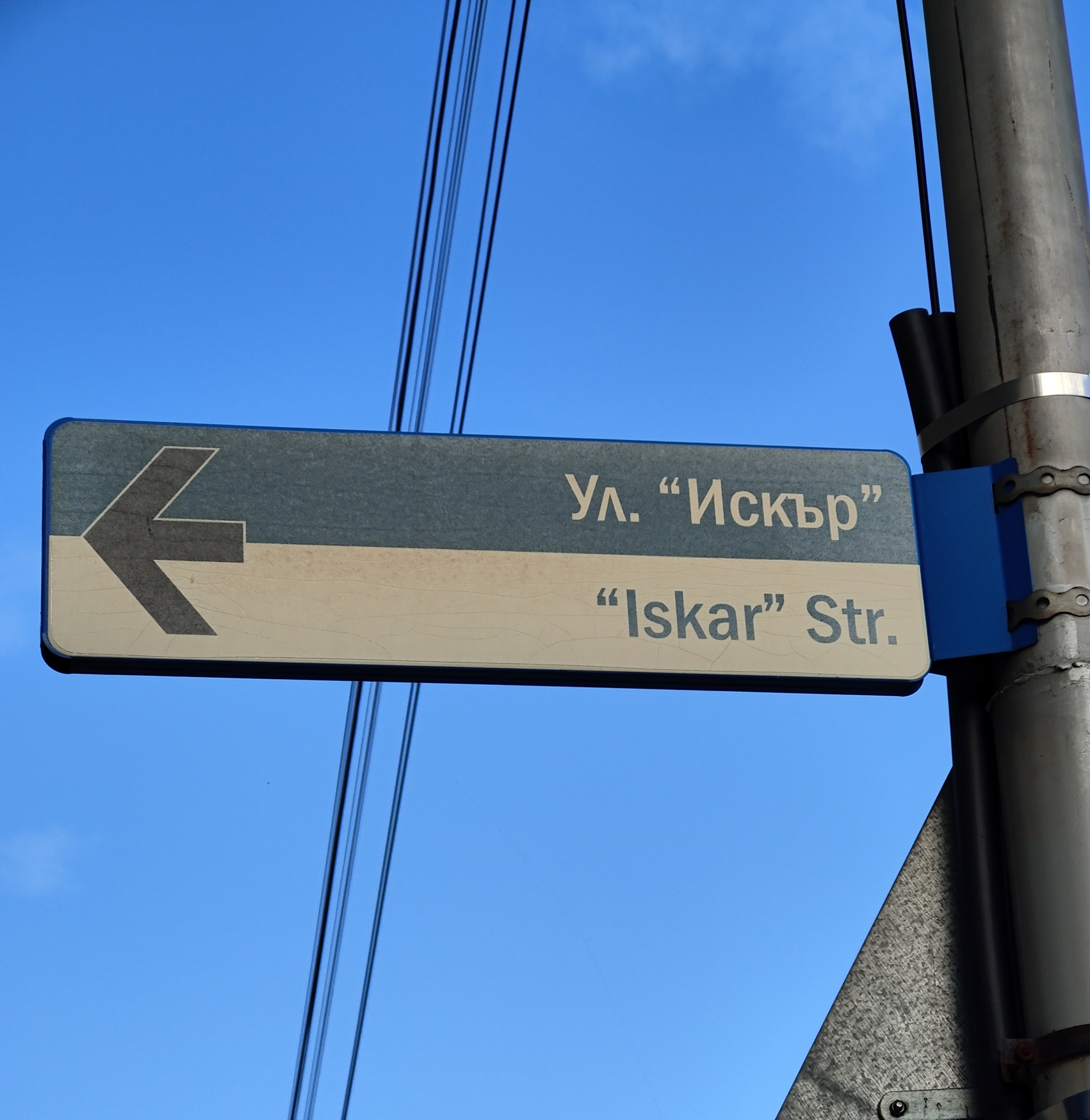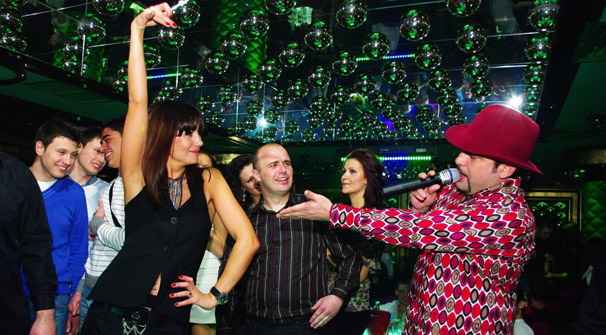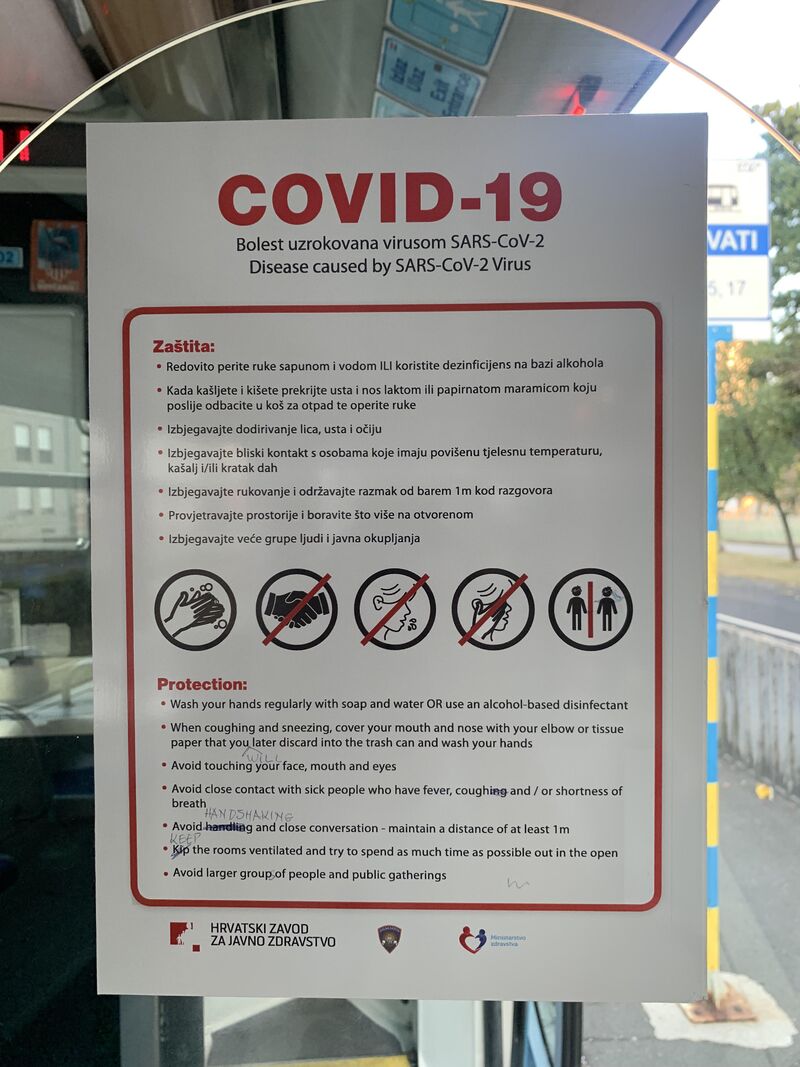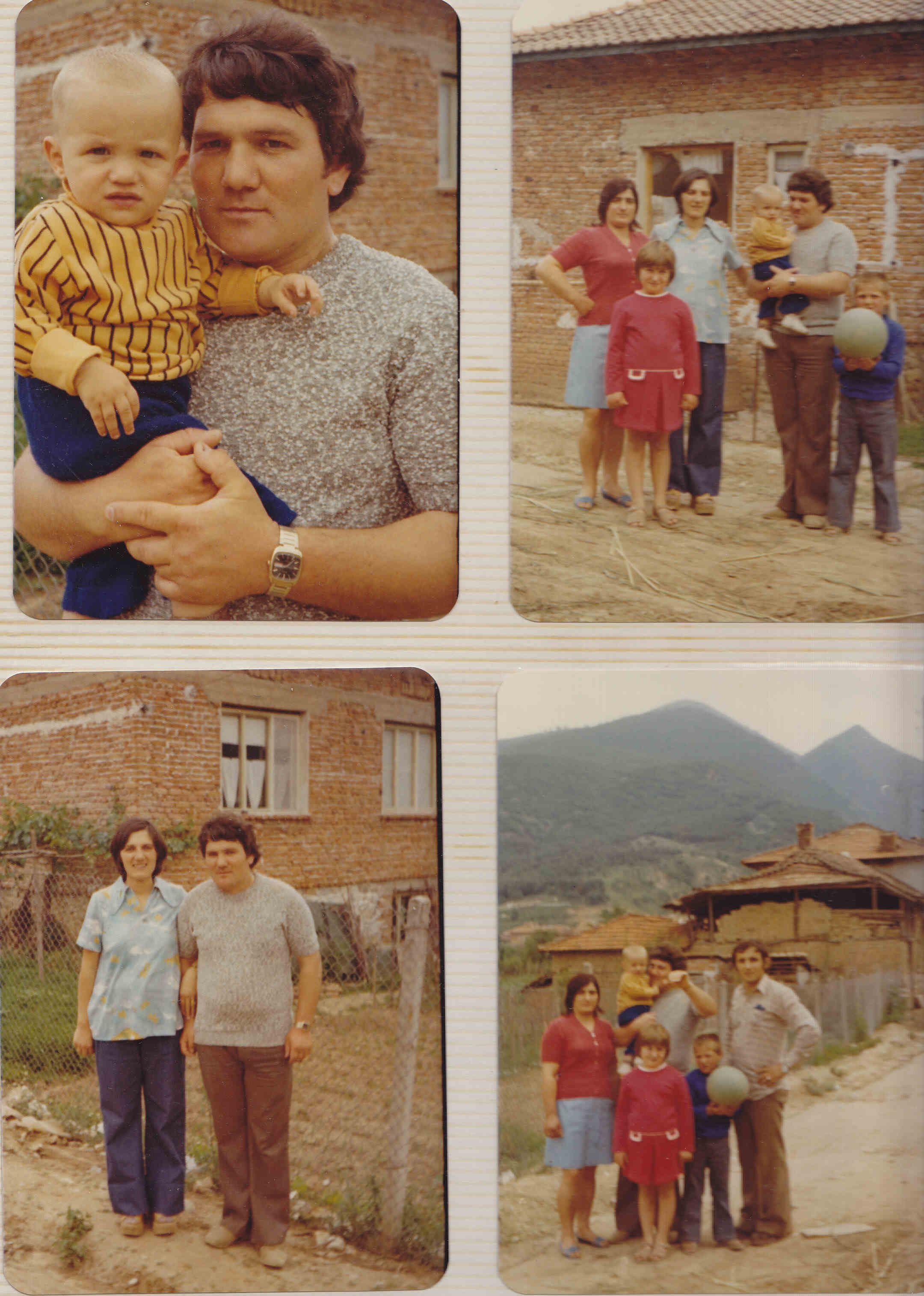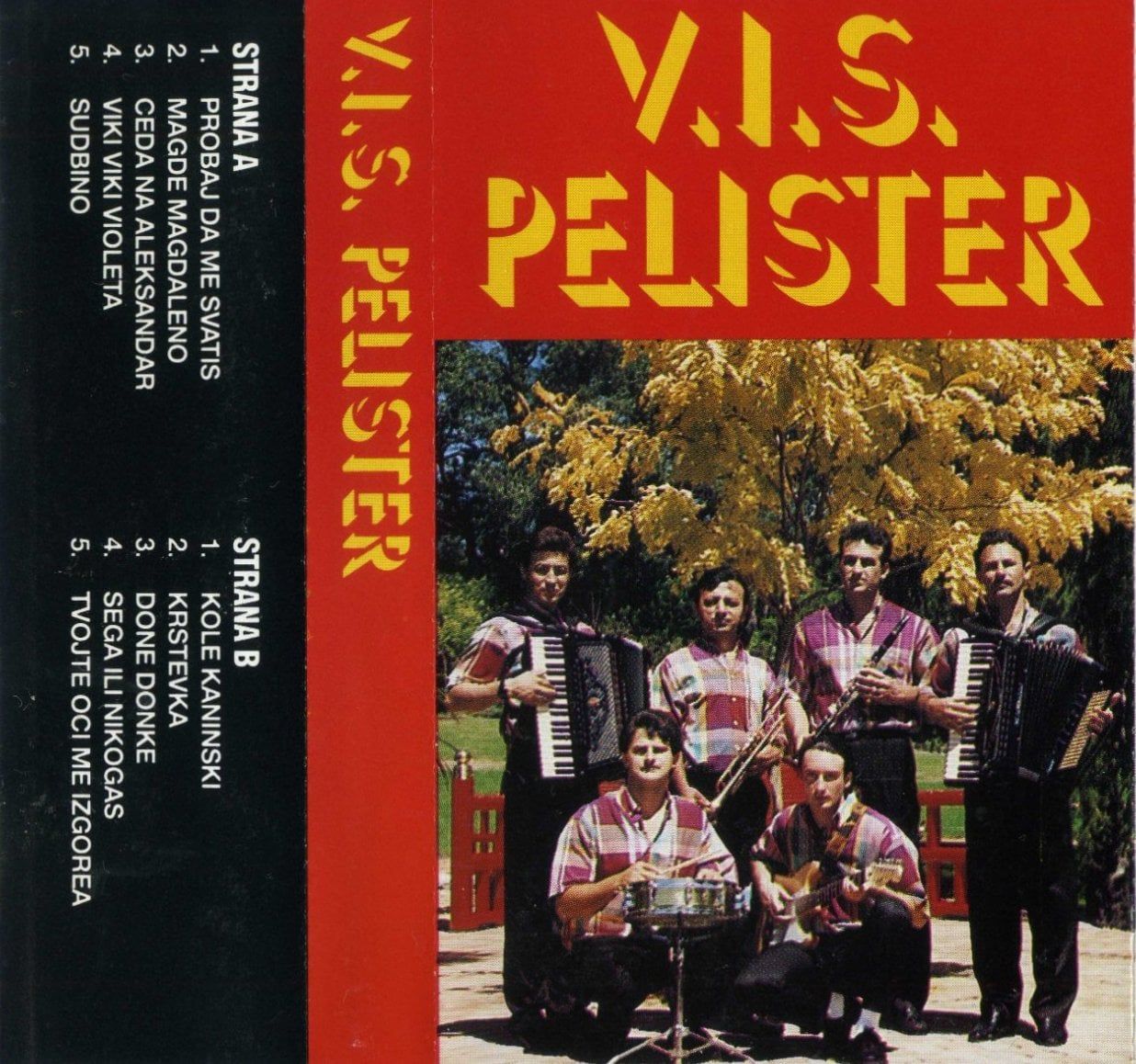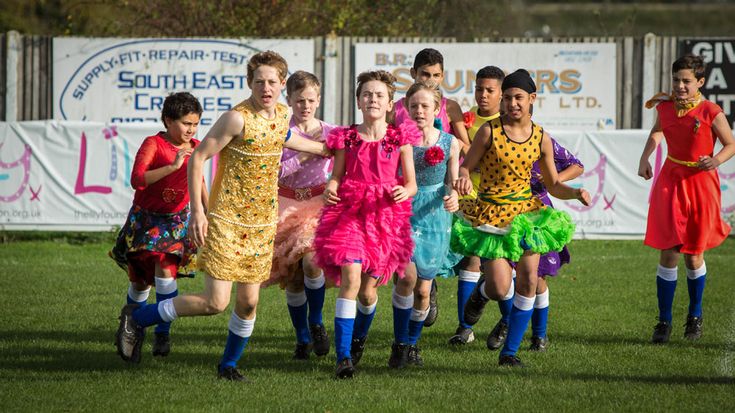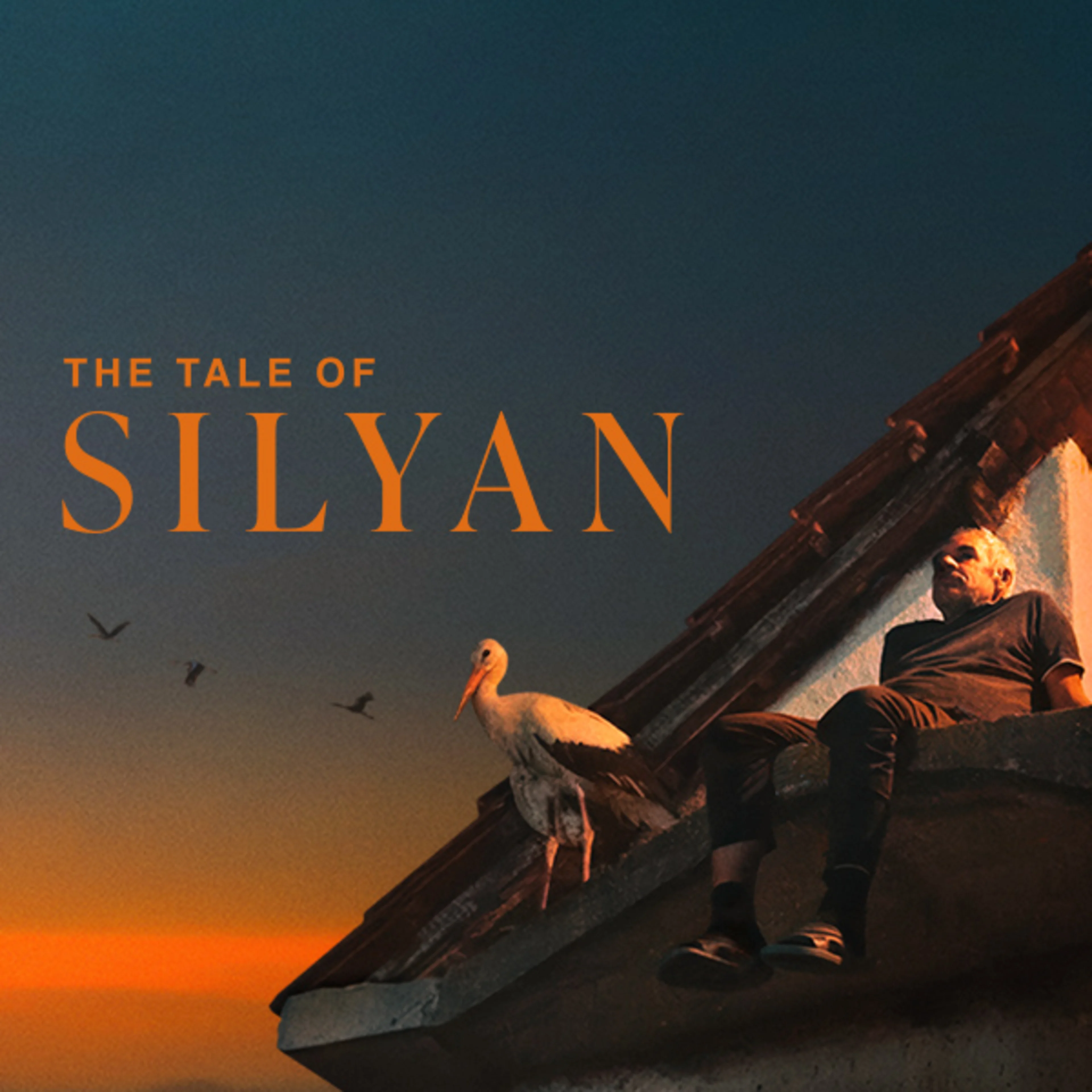Something that I plan to make into a regular topic is feature some of the biggest and craziest celebrities from the Balkans. If you think Hollywood is full of delulu, well, hold the Balkan’s virtual pivo as the region has stars with stories that rival the plot to your average Turkish soap opera. And before you ask, yes, some of their stories have become series and films on streaming services (Toma Zdravković, Džej Ramadanovski).
But it wasn’t always outrageous costumes followed by high-speed car crash at the height of their career. With most Balkan countries firmly under Communist Party-rule, Balkan showbiz post-WWII was at first very conforming to the prim and proper in a projection of the values of orthodox Stalinist ideology, complete with happy working class and peasant-background singers in folk costume or straightforward formal wear, singing about tractor drivers, factories, folk songs that regularly centred around wells and, of course, the leadership. They presented how the authorities would like the populace to behave, and with many being state employees, they also lived among the masses. There were no scandals or, for that matter, much bling. Then came the 1960s, when local music and its stars finally had to contend with foreign rock and pop music and the glamourous showbiz culture that came with it.

Being the most open to foreign cultural influences (more so than even western-aligned Greece and Turkey), Yugoslavia starting in the late 1960s saw a crop of new stars who challenged the buttoned-up look of Yugoslav novokomponovana narodna muzika, i.e. ‘newly composed folk music’ – OK, so that term is a bit of a tongue-twister, so I’ll call it ‘Neo-Folk’ for short. This very important genre of Yugoslav music, the progenitor of Turbofolk, is best described in terms of its style and place in society as the Yugoslav equivalent to Country & Western music in the USA and Canada – we’re talking about very similar styles of presentation, projection of conservative values, audience segment and the synthesis of traditional and contemporary sounds. And just how it was the likes of Dolly Parton who rocked the C&W establishment with her look at the early stages of her career, similar ruptures were also happening with Yugo Neo-Folk at around the same time. Welcome to the stage, Hašim Kučuk Hoki, the ultimate in Balkan bad boys…

Hašim Kučuk Hoki was born in 1946 in the small, Muslim-majority town of Fojnica in central Bosnia and Herzegovina. The Kučuk clan could trace its lineage to Ottoman times (‘kuçuk’ in Turkish means ‘small’), with ancestors having been firmly part of the empire’s local warrior class. In one interview, Hoki claimed that while researching his family’s origins, he found out that there was a link to a janissary son of the Serbian Đevrlić family, who later made his way through the Ottoman ranks to become a pasha in Kragujevac (now in Serbia), implying Hoki is the direct descendant of Kučuk-Alija. Hoki’s family on the side of his mother Halida was no less prestigious, coming from a a long line of Islamic scholars.

Hoki got his nickname while as a child and, in true Balkan style, stuck for life. Hoki was apparently a mischievous child, a sign of things to come, but was raised in that rather common provincial Yugoslav paradox of religious vs communist devotion where there was one Allah but Tito was the highest of all heroes. Hoki’s singing talent was discovered early, so much so that he became Fojnica’s muezzin at the early age of 14 (!), a role he was to have for the next 14 years (though not on a regular basis). This calling to make the call to prayer for Fojnica’s devout Muslims was not so much out of any great piousness but, to quote Hoki, more out of respect for his mother Halida and her ancestors than out of any true love for it. However, any religious activity as public as being a muezzin at a time when the authorities propagated atheism would attract a black mark against your name, and there was no exception for Hoki. His grades suffered for this ideological blemish, which would often see Hoki skip classes to call the faithful to prayer, but he also would go out and tend to sheep. Some reports had Hoki as a good student, while others say that he was formally illiterate, only having learnt to read and write properly when he was drafted to do his military service in the Yugoslav People’s Army, which at age 21 was later than for most other Yugoslav males. Before that happened, when he was 15 Hoki had the first of his… wait for this… 10 (!) marriages. Keep this mind and it’ll become very important.
It wasn’t just from his mother’s side that Hoki had his talent for singing. Hoki loved his father Alija very much, whom he described as someone who would often sing “about heroes, about love, about Bosnia” and the other main topics of Bosnia’s emblematic music genre, Sevdah.

Hoki started singing professionally locally in that mainstay of Balkan entertainment, the kafana, and in 1964 at age 18 he released his first single, Nema te više Alija (You Are No Longer Around, Alija), a song he would revisit often in his career. Hoki’s initial look could be best described as a Yugoslav Buddy Holly, but still very much fitting with the clean-cut image dictated for Neo-Folk singers at the time. Hoki later score a prize gig at the legendary Pionirska Dolina restaurant in Sarajevo, where many a Yugo Neo-Folk star launched hugely successful careers. No one had a bad word to say about his repertoire or his voice, but by this time Hoki had a new unique selling point – his daring new look. Gone was the good-boy mask and in came in what would become his trademarks: long hair, dark glasses and jeans. While Hoki was described as looking like a rock star, in actual fact his look was just fitting with the latest fashions worn by your usual Yugoslav young males at the time. The Neo-Folk audience was shocked to pearl-clutching levels, but in doing so Hoki the right amount of attention and in the process even made Neo-Folk somewhat cool. He was a trailblazer! Joining him in challenging the proscribed look for Neo-Folk was the legendary singer and fellow Bosnian Zilha Barjaktarević aka Silvana Armenulić, who brought to Neo-Folk a never-before-seen sex appeal at the level of Brigitte Bardot, Jane Fonda and, hey, Dolly Parton. Fame took off for both of them and the Neo-Folk scene would never be the same.

After coming second at the prestigious Ilidža song festival in 1970, Hoki went on to record hit after hit, including a new version of his favourite Nema te više, Alija. In 1971 he released the title song for his album Pijem da je zaboravim (I Drink to Forget Her). The album was an unexpected success for Hoki and was the first of many to sell in the millions, with some sources claiming that every day tens of thousands of copies were flying out of record shops all throughout Yugoslavia.
Hoki’s biggest hit was Nazdravite drugovi (Cheers, Comrades), which sold 50,000 copies on the first day of its release. Added with reissues and its appearance on various compilations, an incredible thirteen million copies of this single was sold, one of the best selling singles in the region ever.
Thanks to his unique look and reputation for being a rule-breaker, Hoki caused what has been considered the first major showbiz scandal in Yugoslav Neo-Folk ever when in 1972 he immediately followed in the footsteps of Bert Reynolds and posed nude to become Yugoslavia’s first ever male centrefold in the magazine Sanja (sorry, I can’t find the pic).
Word had it that at the peak of his popularity, Hoki would receive up to 70,000 love letters a day from female admirers worldwide and had a 'body count' of over 4000 women. Somehow, I’m putting this down as wishful thinking, but who am I to judge?
The death in 1980 of his hero, Yugoslav President Tito, affected Hoki so much that soon after he left Yugoslavia to start a new life in the United States, where he opened the restaurant Sarajevo Olympic Village restaurant in New York. The US was a great place for him to continue being the serial monogamist that he was, marrying and soon after separating from a number of women. Just one problem though… that monogamy part was not always the case, so when the USA authorities discovered that Hoki was legally married to two women at the same time, he was arrested, convicted of bigamy, had all of his assets seized (home, restaurant, money) and deported to Yugoslavia.

Hoki settled in Novi Sad, Serbia, with his 10th and final wife Milijana, with whom he had a son and a daughter. Hoki fathered nine children (or eleven – no-one’s really sure) in total: five sons (two named after Tito – Dario Tito and Alija Tito) and four daughters. Hoki claimed that he had always treated women in a gentlemanly manner, and would emphasise that he had never hurt any of his ten wives.
After his forced return to a disintegrating Yugoslavia, Hoki sang from time to time, but it wasn’t until 1999 that in an interview he announced his grand comeback to the stage. Hoki’s former superstar status and the scandalous nature of his past made him a popular interviewee for the local tabloids throughout the 1990s, giving plenty of opportunities for Hoki to air his grievances about everything that had gone wrong in post-Tito Yugoslavia. Hoki once said that those ‘communists’ who would sanction him for being a muezzin as a teenager were the same ones who brought about the collapse of Yugoslavia, the country he loved immensely, and are now acting as the most religious people out there. Hoki had no qualms to label them as ‘war criminals’. Not surprisingly, Hoki repeatedly insisted that Tito alone could have prevented the disintegration of Yugoslavia. His continued notoriety, especially being a Bosniak voluntarily living in Serbia at the height of Milošević’s rule saw crazy rumours spread that Hoki had joined the Srpska Stranka Jedinstva (Serbian Party of Unity), the nationalist party formed by Serbian warlord Željko Ražnatović Arkan.

The great comeback unfortunately was never to be. Hašim Kučuk Hoki’s life was cut short in that très Balkan way – in a high-speed car accident on 26 November 2002 on the Belgrade-Subotica highway, near the town of Kovilj, Serbia. Hoki died on the spot, aged 46. Strangely, he was buried at the local cemetery in the secluded village of Sakule. His grave is said to be covered with a wreath only with the symbols of Tito’s Yugoslavia.
During his career, Hoki sold more than 40 million albums, singles and cassettes, a huge achievement given that the population of Yugoslavia was 23 million at its highest. Hoki was certainly one of the most successful singers of Neo-Folk music of that time. Going by the number of records sold, the awards he received and the 18 times (of course he kept count) he had the huge honour of singing for Tito, Hoki was undoubtedly one of Yugoslavia’s biggest stars of the 1970s. He left behind songs that are still very much sung today. His legacy is most felt for being the first “čupavac” (local slang for guys with long, unkempt hair) in Yugoslav showbiz. Hašim Kučuk Hoki, mi ti se kunemo!





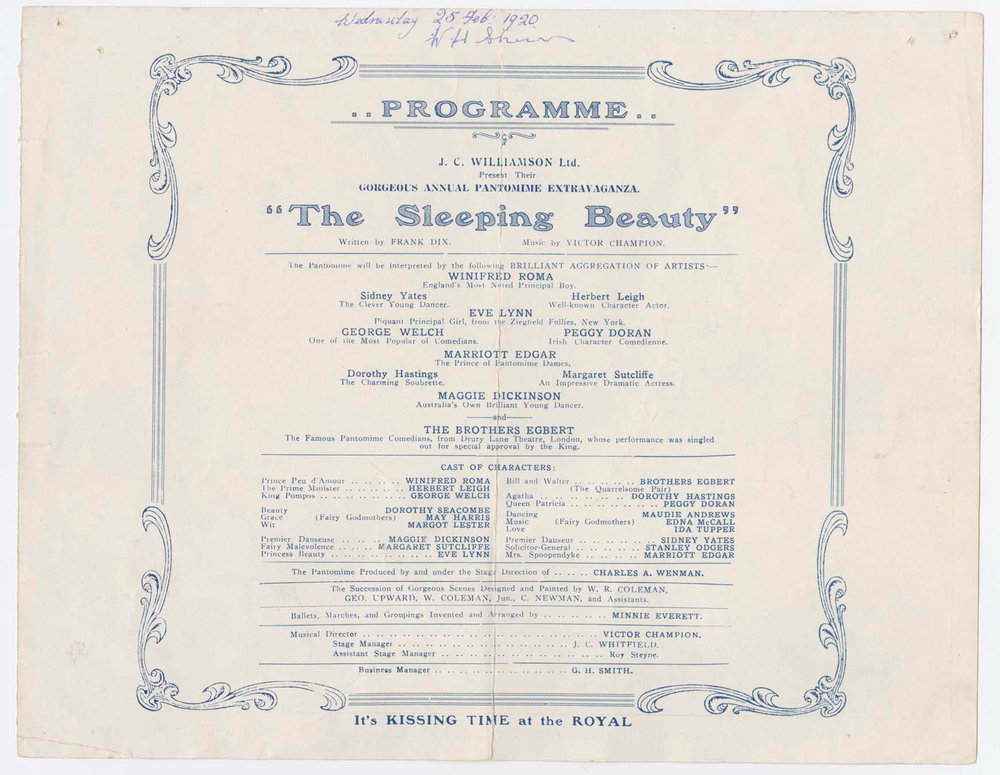
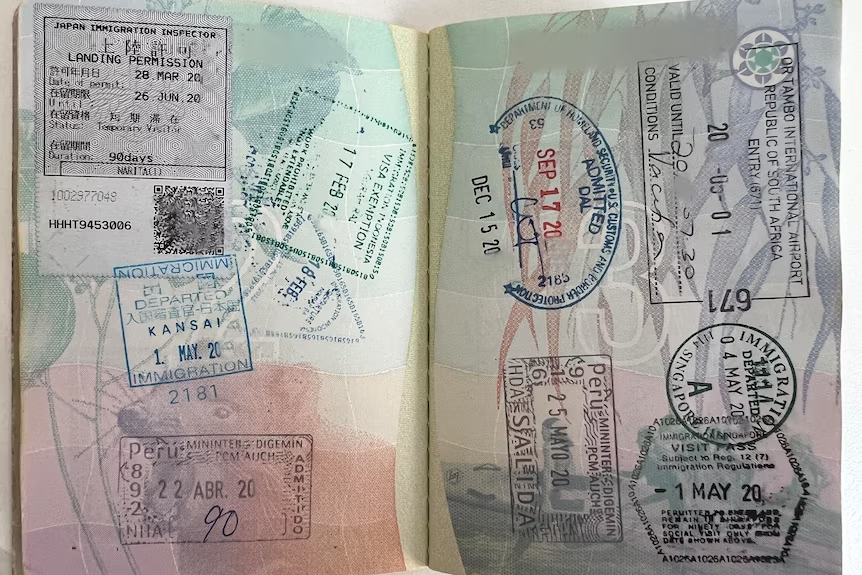
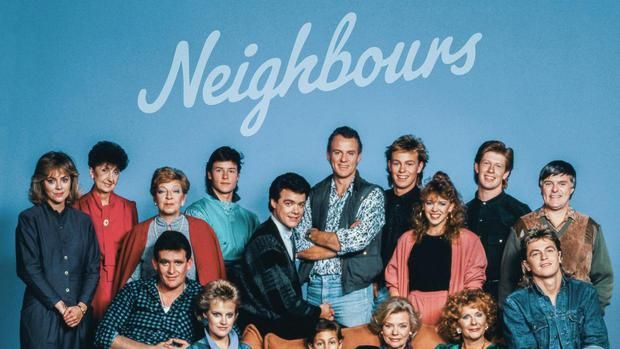




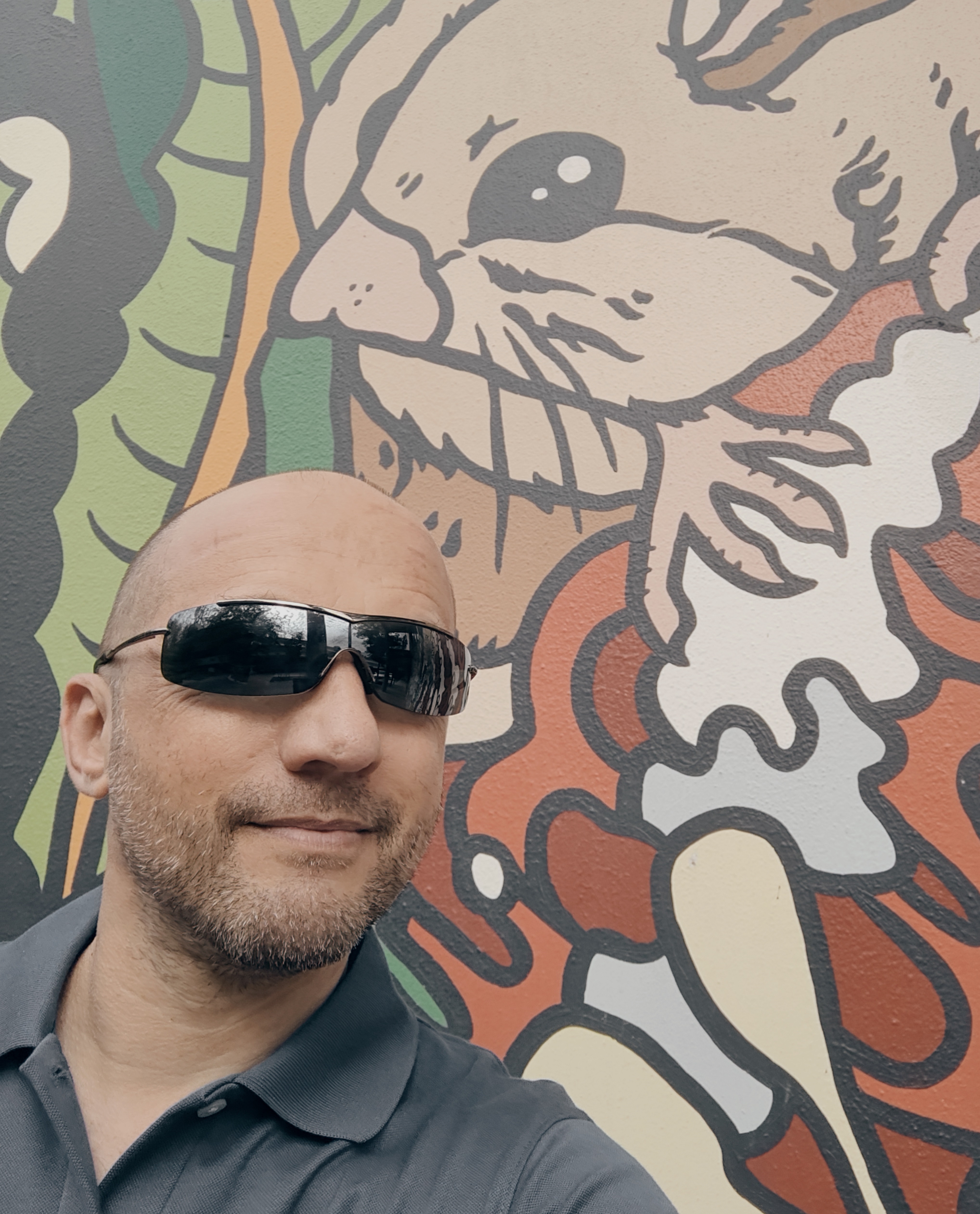

























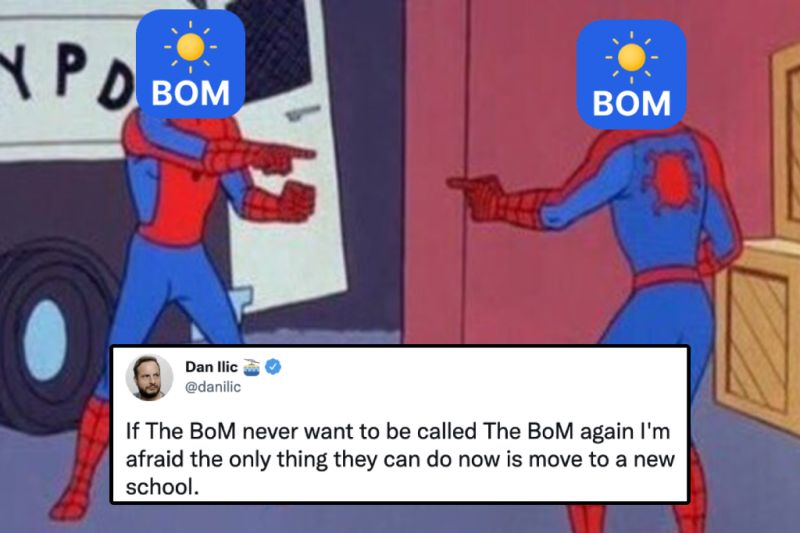























































.%20A%20day%20of%20campaigning%20%E2%99%80%20%E2%80%A6%20or%20a%20day%20to%20buy%20flowers%20%F0%9F%92%90.jpg)



